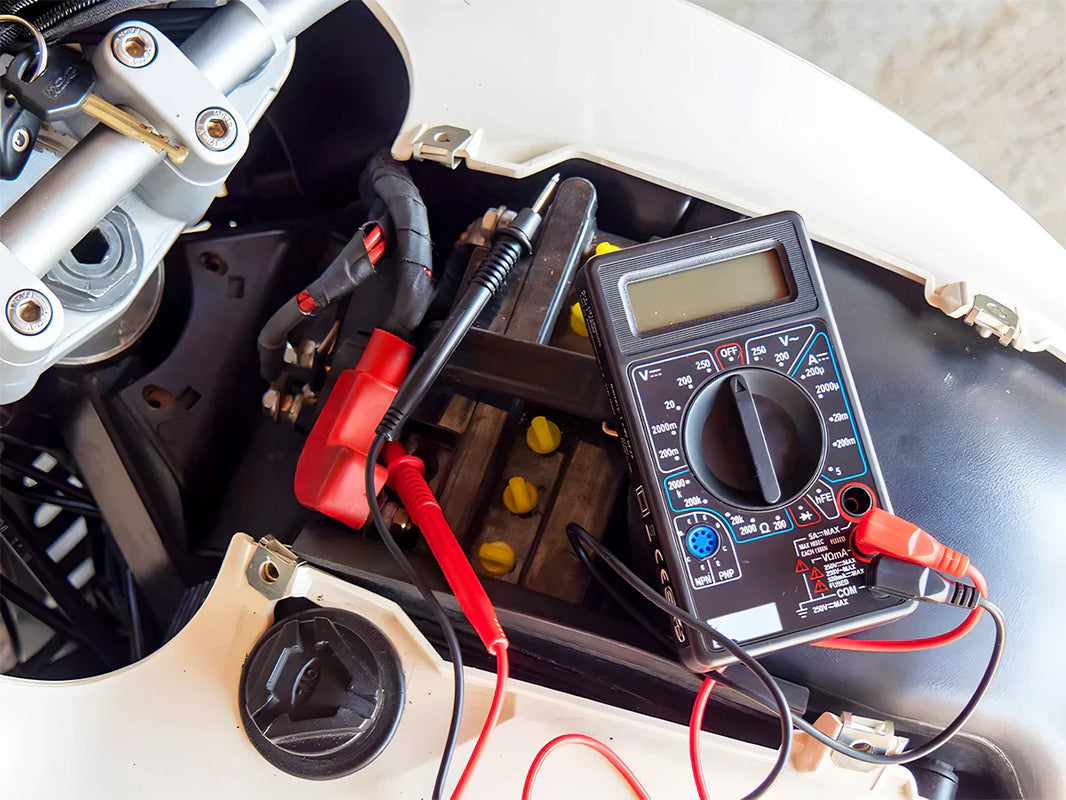
Transportation is the leading and basic industry in the national economy, and it is an important factor restricting economic and social development. As a widely used means of transportation, automobiles mainly use fuels such as gasoline, diesel or natural gas as energy. Statistics from the International Energy Agency show that in 2001, the oil consumption in the transportation sector accounted for 57% of the total global oil consumption, and the oil consumption in the transportation sector in the United States accounted for 67% of the country's total oil consumption. In 2020, the proportion of oil consumption in the global transportation sector in the total global oil consumption will continue to rise to more than 62%. Data from Japan's National Institute of Environmental Research shows that during the period from 1990 to 2008, carbon dioxide emissions from automobiles in Japan accounted for about 17% of the total social emissions, second only to the power generation industry.

Transportation
The number of motor vehicles in China shows a trend of rapid growth, from 16.07 million in 2000 to 85 million in 2010, an increase of 4.3 times in 10 years. At the same time, as of 2010, the number of cars per 1,000 people in China is only 60, indicating that China's car growth potential is great. Figure 1 lists the changes in China's automobile production, sales and ownership from 2005 to 2014. China has become the world's largest automobile production and sales country for four consecutive years. In 2012, China's car ownership exceeded 120 million; at the end of 2014, the national civilian car ownership reached 154.47 million, an increase of 12.4%, and the number of cars per thousand people reached 105. Based on various forecasts, it is estimated that by 2020, the number of cars in China will exceed 200 million, which is equivalent to the total number of motor vehicles in 2014. With the continuous increase of car ownership, the degree of environmental pollution caused by car emissions will further increase.

Figure 1 Changes in China's automobile production, sales and ownership from 2005 to 2014
In recent years, automobile exhaust pollution has become an important source of air pollution in China, and it is also the main cause of haze and photochemical smog pollution. Traditional fuel vehicles will produce a large amount of harmful gases during driving. The main pollutants emitted by vehicle exhaust are carbon monoxide (CO), hydrocarbons (HC), nitrogen oxides (NOx), lead (Pb), particulate matter (PM) And sulfide, etc., not only will cause serious environmental problems, but also directly affect the health of residents. According to the data released by the Ministry of Environmental Protection of China, according to the emission standards, 10.1% of the vehicles meet the national IV standard and above, 51.5% meet the national III standard, 15.7% meet the national II standard, and meet the national I standard. Cars accounted for 14.9%, and the remaining 7.8% of the cars did not meet the National 1 standard. According to the classification of environmental protection labels, "green label cars" accounted for 86.6%, and high-emission "yellow label cars" still accounted for 13.4%. It is particularly worth noting that with the rapid growth of motor vehicle ownership, China's urban air has begun to show the characteristics of combined pollution of soot and motor vehicle exhaust. As most motor vehicles drive in densely populated areas, exhaust emissions will directly affect people's health. In 2012, the national motor vehicle emitted 46.121 million tons of pollutants, but the total emissions of the four major pollutants were basically the same as in 2011, including 6.400 million tons of nitrogen oxides (NOx) and 622,000 tons of particulate matter (PM). Hydrocarbon (HC) was 4.382 million t and carbon monoxide (CO) was 34.717 million t. Vehicle exhaust emissions are the main source of the total amount of the four major pollutants. The NOx and PM emitted by them contribute more than 90% of the total, and HC and CO contribute more than 70% of the total. By vehicle type, the NOx and PM emissions of freight vehicles nationwide are significantly higher than those of passenger vehicles, of which heavy-duty vehicles are the main source; while the CO and HC emissions of passenger vehicles are significantly higher than those of freight vehicles. According to fuel classification, the NOx emitted by diesel vehicles in the country is close to 70% of the total emission of this pollutant, and the PM emitted exceeds 90% of the total emission of particulate pollutants from vehicles; while the emissions of CO and HC from gasoline vehicles are higher than that of gasoline vehicles. high, more than 70% of total emissions. Classified by emission standards, only 7.8% of the national car ownership of vehicles with national standards, the four major pollutants emitted by them accounted for more than 35% of the total emissions; , its main pollutant emissions are less than 30% of the total emissions. According to the classification of environmental protection labels, "yellow label cars", which only account for 13.4% of the car ownership, emit 58.2% of NOx, 81.9% of PM, 52.5% of CO and 56.8% of HC in the total amount of major pollutants.

car exhaust pollution
In September 2013, the State Council approved and issued the Action Plan for the Prevention and Control of Air Pollution, which put forward higher requirements for the control of fine particulate matter (PM2.5) in the atmosphere, and the prevention and control of motor vehicle pollution has become a key measure. For example, among the sources of annual PM2.5 in Beijing, regional transmission accounts for 28%-36%, and local pollution sources account for 64%-72%. Among the local pollution sources, motor vehicles, coal combustion, industrial production and fugitive dust are the main sources, of which motor vehicles account for about 32%. On the one hand, motor vehicles directly emit fine particulate pollutants PM2.5; on the other hand, volatile organic compounds and nitrogen oxides emitted by motor vehicles are the "raw materials" of secondary organic compounds and nitrates in PM2, and the driving of motor vehicles is very important. It also acts as a "stirrer" for the generation of road dust. Vehicle exhaust emissions have become a prominent factor affecting China's air quality. For this reason, China's "Air Pollution Prevention and Control Action Plan" has proposed to strengthen urban traffic management, improve fuel quality, and accelerate the elimination of yellow-label vehicles and old vehicles.
The fuel consumption of automobiles in China is huge and growing rapidly. According to statistics released by BP: by the end of 2014, China's proven oil reserves were 2.5 billion tons (equivalent to 18.5 billion barrels), accounting for only 1.1% of the world's total reserves. The yield ratio is only 11.9. It can be seen that the dependence of China's oil on foreign countries is extremely high. In 2015, China's dependence on foreign oil was as high as 60.6%. It is predicted that by 2030, 80% of China's oil consumption will need to be imported. In 2012, the global crude oil import value was 1,696.612 billion US dollars, a year-on-year increase of 5.5%. The total import value of US crude oil is 321.859 billion US dollars, accounting for 18.97% of the total global crude oil import value; in 2012, China's crude oil import value was 220.794 billion US dollars, and the total import value was 270.9796 million tons, accounting for 18.97% of the total global oil import value. Compared with 13.01%, it is the second largest crude oil importer in the world. In 2015, China imported 334 million tons of crude oil, an increase of 8.8% over 2014. China joined the World Trade Organization (WTO) at the end of 2001. In the 10 years since 2002, the rapid growth of car ownership has promoted the rapid growth of China's gasoline and diesel demand. In 2012, China's gasoline and diesel consumption reached 86.84 million t and 169.72 million t, respectively, compared with 35.48 million t and 74.07 million t in 2001, with a compound annual growth rate of 8.48% and 7.8%, respectively. In 2014, the apparent consumption of refined oil reached 269.28 million tons, an increase of 5.0% compared to 2012. Various data show that the consumption of oil resources by automobiles not only seriously increases China's dependence on oil imports, but also brings serious environmental problems. On the one hand, in the case that China cannot meet demand, obtaining oil resources through oil trade will consume a huge amount of money; Capital investment is bound to increase.
















